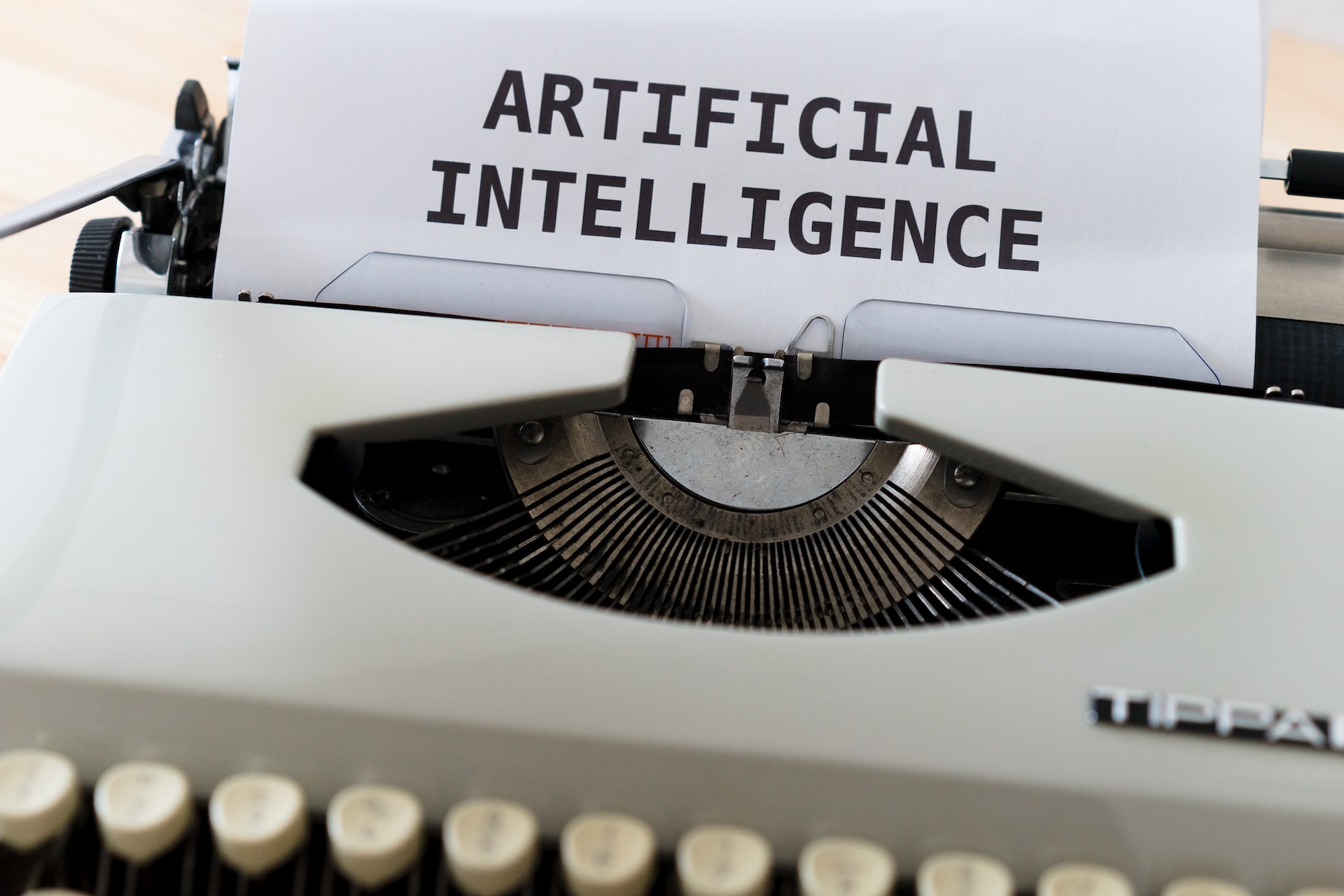In the realm of technological advancements, few concepts have garnered as much attention and excitement as Artificial Intelligence (AI).
It is revolutionizing industries, transforming our daily lives, and paving the way for a future that once seemed unimaginable – and it’s developing at an unexpected speed!
In this article, we will delve into the world of AI, exploring its origins, various types, practical implementations, and the promising future it holds.
 Photo by Markus Winkler on Unsplash
Photo by Markus Winkler on Unsplash
The Genesis of AI
Although AI has recently gained significant prominence, its roots can be traced back to the mid-20th century.
The term “Artificial Intelligence” was coined in 1956 by computer scientist John McCarthy.
Early pioneers such as Alan Turing and Marvin Minsky laid the groundwork for this technology, propelling the field forward with groundbreaking theories and concepts.
Definition
Artificial Intelligence (AI) is a branch of computer science that focuses on creating intelligent machines capable of simulating human-like behaviors and cognitive processes. The goal of AI is to develop systems that can perceive their environment, reason, learn from experience, and make decisions to achieve specific objectives.
How It Works
AI technology works by utilizing a combination of algorithms, data, and computational power to mimic human intelligence and advance further.
Here are some key components and approaches:
1. Machine Learning (ML)
ML is a subset of AI that enables systems to learn and improve from experience without being explicitly programmed. ML algorithms analyze and interpret large datasets, identifying patterns and making predictions or decisions based on the discovered patterns.
2. Neural Networks
Neural networks are a key component of AI, inspired by the structure and functioning of the human brain. These networks consist of interconnected nodes (artificial neurons) that process and transmit information.
Deep learning, a subset of ML, utilizes deep neural networks with multiple layers to extract complex patterns and features from data.
3. Natural Language Processing (NLP)
NLP enables machines to understand and interact with human language. It involves tasks such as speech recognition, language translation, sentiment analysis, and text generation. NLP algorithms use statistical and computational techniques to process and interpret textual data.
4. Computer Vision
Computer vision focuses on teaching machines to see and interpret visual information from images or videos.
It involves tasks such as image recognition, object detection, facial recognition, and scene understanding. Computer vision algorithms use image processing techniques and deep learning models to analyze visual data.
5. Robotics
Robotics combines AI and physical machines to create intelligent systems that can interact with the physical world.
AI-powered robots are designed to perceive their surroundings, make decisions, and manipulate objects using sensors, actuators, and control systems.
___________
The working principle of AI involves training models with labeled or unlabeled data, optimizing algorithms through iterative processes, and deploying the trained models for real-world applications.
The more data the AI system is exposed to, the better it becomes at recognizing patterns and making accurate predictions!
It’s important to note that AI is a rapidly evolving field, and there are various techniques and approaches beyond the ones mentioned above.
Researchers and developers continue to explore new algorithms, architectures, and applications to push the boundaries of AI technology.
Types
There are two main types of Artificial Intelligence: Narrow and General.
Narrow one, also known as Weak AI, is designed to perform specific tasks and functions, such as voice assistants, recommendation systems, or image recognition software.
On the other hand, General, or Strong AI, refers to Artificial Intelligence systems that possess human-like intelligence, capable of performing a wide range of intellectual tasks.
While General AI remains a goal for the future, current advancements primarily revolve around Narrow AI applications.
Implementation
Artificial intelligence has found its way into various industries, augmenting capabilities, and driving innovation.
In healthcare, AI-powered systems aid in diagnosing diseases, analyzing medical images, and predicting patient outcomes. The finance sector leverages AI algorithms for fraud detection, algorithmic trading, and risk assessment.
It also plays a significant role in autonomous vehicles, virtual assistants, customer service chatbots, and personalized marketing strategies.
The Future of AI
As Artificial Intelligence continues to evolve, its potential seems limitless. The integration of it with emerging technologies like Big Data, Machine Learning, and Internet of Things (IoT) further expands its possibilities.
We can anticipate advancements in areas such as robotics, natural language processing, deep learning, and predictive analytics.
Ethical considerations, data privacy, and responsible development will also be critical aspects to address as the technology progresses.
The Power of Human-AI Collaboration
It is important to recognize that Artificial Intelligence is not meant to replace human intelligence but rather augment it.
The future lies in harnessing the power of collaboration, where AI systems complement human skills and enhance our ability to tackle complex problems.
Embracing AI as a tool for empowerment and innovation can lead to unprecedented advancements in various domains.
 Photo by Michael Dziedzic on Unsplash
Photo by Michael Dziedzic on Unsplash
Conclusion
With its rich history, diverse applications, and promising future, Artificial Intelligence continues to push boundaries and unlock new opportunities.
As we embark on this technological journey, it is essential to embrace the potential of it, while also ensuring responsible development and ethical considerations.
Together, humans and Artificial Intelligence can shape a future that is intelligent, inclusive, and transformative.
What a time to be alive! 🙂
___________
Feel free to leave a comment below and share your thoughts on this topic.
How do you envision Artificial Intelligence shaping the world in the coming years?
Let’s engage in a conversation and explore the endless possibilities of this remarkable technology.
___________
© cashmeere
